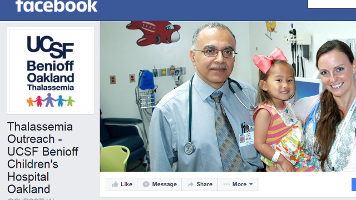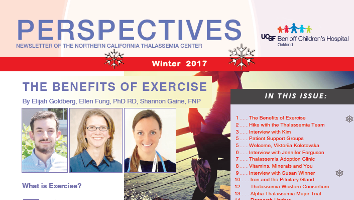11.0 - PULMONARY CARE
Pulmonary disease is an uncommon phenomenon in thalassemia, although a body of data exists regarding pulmonary disease in thalassemia patients. In addition, the pulmonary disease which has been described is generally asymptomatic.
The most common disorder is a restrictive pulmonary condition which appears to be associated with iron overload. The restrictive pulmonary condition is seen in 30 to 60 percent of patients. However, most of these restrictive findings are asymptomatic, and there is little therapy for this condition. This emphasizes the need for aggressive chelation and monitoring of transfusion-related hemosiderosis. Hypoxia is rarely encountered.
The most easily treatable condition that may affect the lungs is pulmonary embolism. Patients with thalassemia are known to be hypercoaguable, which leads to a higher risk for developing thromboembolic events. Splenectomy may be an additional thrombophilic risk factor. The thrombophilia of thalassemia patients may contribute to the pathophysiology of pulmonary hypertension, and as this phenomenon may present with the respiratory symptoms of dyspnea or exercise intolerance, attention to the pulmonary system is important. (Also see Sections 10.4 and 10.5, on pulmonary hypertension.)
Recommendations for pulmonary care include the following.
- An annual review of respiratory symptoms and a lung exam
- An annual pulse-oximetry
- Aggressive iron chelation if transfusion-related hemosiderosis is present
- An echocardiogram to evaluate for pulmonary hypertension, if symptomatic
- A pulmonary function test or high-resolution CT, if symptomatic
- A referral to pulmonology in the case of restrictive disease
- An anticoagulation treatment if thromboembolism is present; ASA may be considered if the patient is splenectomized












